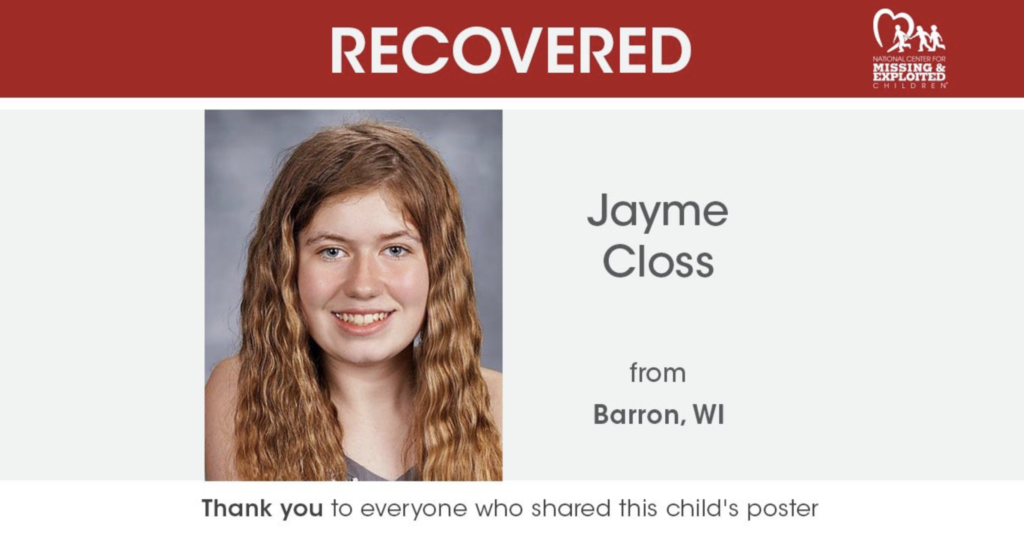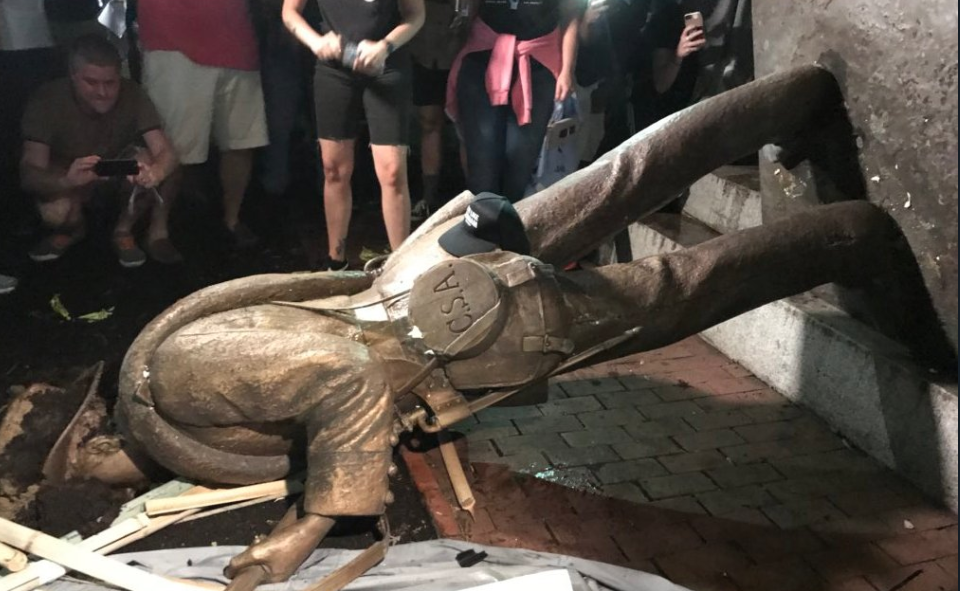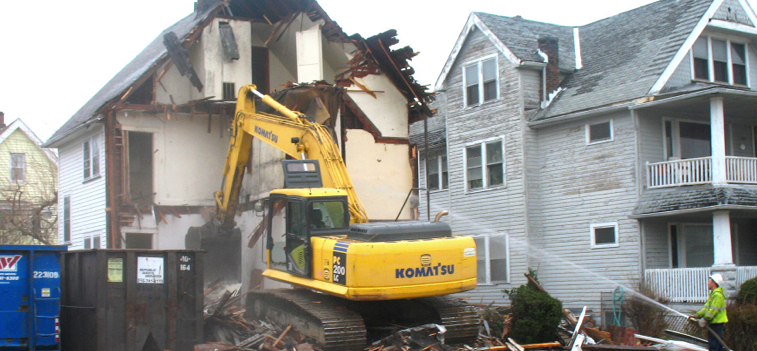Ariel Castro’s Cleveland House, Destroyed
07 Aug, 2013
With several swipes from the arm of an excavator and a smattering of applause from spectators, demolition began Wednesday morning on the Cleveland house where three women were held captive and raped over a decade.
It took about an hour and 20 minutes to tear down the house, which occurred as part of the plea deal that spared Ariel Castro a possible death sentence. He was sentenced last week to life in prison plus 1,000 years.
But the question remains: how could the crimes go unnoticed so long in Castro’s blue-collar neighborhood?
One of the women imprisoned there, Michelle Knight, showed up early Wednesday before the work began. She made a brief statement and released balloons into the air.
“Dear Lord, give the missing people strength and power to know that they are loved,” said Knight, who had rosary beads hanging from her neck.
“We hear their cry, they are never forgotten in my heart. They are caterpillars, waiting to turn into a butterfly. They are never forgotten, they are loved. Knight said the array of balloons “represents all the millions of children that were never found and the ones that passed away that were never heard”.
There was applause as a relative of one victim represented the three and took the controls of the wrecking crane for the first smash into the top of the front wall. Later, as the house debris disappeared into the basement, church bells rang.
Cuyahoga County prosecutor Tim McGinty said the two houses to the left of Castro’s are also being torn down and will be developed into a park or whatever the residents decide.
Prosecutors say Castro cried when he signed over the house deed and mentioned his “many happy memories” there with the women. They highlighted the teary-eyed scene to illustrate Castro’s “distorted and twisted” personality.
On Wednesday, McGinty called him “one evil guy”.
Family members, including his son, Anthony Castro, went to the house on Monday and picked up personal items including old photographs, guitars and bicycles.
Relatives said the house razing was part of the healing process for them. “It’s sad and hard but it is necessary for us to move on,” Anthony Castro told WKYC-TV.
The three women disappeared separately between 2002 and 2004, when they were 14, 16 and 20 years old. Each had accepted a ride from Castro.
They escaped May 6, when Amanda Berry, now 27, broke part of a door and yelled to neighbors for help. Castro was arrested that evening. At Castro’s sentencing, prosecutors displayed photos that provided a first glimpse inside the rooms where the women lived.
Stuffed animals lined the bed and crayon drawings were taped to the wall where Berry lived with her young daughter, who was fathered by Castro. One of the drawings on a shelf said “Happy Birthday.”
The window was boarded shut and door knobs had been removed and replaced with multiple locks. Saucer-size holes in inside doors were meant for circulation.
Another room, shared by Knight and Gina DeJesus, had a portable toilet, a clock radio and several chains.
The house, which quickly became a drive-by attraction after the women fled to freedom, was fenced off and kept under 24-hour police guard amid arson threats.
AP
Mentioned In This Post:
About the author
Related Posts
-

Anti-Lockdown Protests Are A Thing Now
-

Trump Bends The Knee! The Shutdown is Over
-

Longest Shutdown In History. Great Job America.
-

13 Yr Old Kidnapped 3 Months Ago Is Found Alive
-

Surprise! The Government is Still Shut Down
-

Another Racist Statue Was Torn Down And We Love It!
-

Papa John Has F*cked Up Once Again
-

Paul Ryan Can't Take It Anymore
-

Snitching Is Going Down And It's Getting Closer to Trump
-

The Obama's Are Artwork










